What does "Pre-Raphaelite" Mean?
Exploring the definition and core principles of 'Pre-Raphaelitism', with a brief overview of the origins and influence of the PRB

“Pre-Raphaelites they called themselves; not that they imitated the early Italian masters at all, but that in their work, as opposed to the facile abstractions of Raphael, they found a stronger realism of imagination, a more careful realism of technique, a vision at once more fervent and more vivid, an individuality more intimate and more intense. For it is not enough that a work of art should conform to the aesthetic demands of its age: there must be also about it, if it is to affect us with any permanent delight, the impress of a distinct individuality, an individuality remote from that of ordinary men, and coming near to us only by virtue of a certain newness and wonder in the work, and through channels whose very strangeness makes us more ready to give them welcome.”
- Oscar Wilde, The English Renaissance of Art
Pre-Raph·a·el·ite /prēˈrafēəˌlīt/
(noun) a member of a group of English 19th-century artists, including Holman Hunt, Millais, and D. G. Rossetti, who consciously sought to emulate the simplicity and sincerity of the work of Italian artists from before the time of Raphael.
(adjective) relating to the Pre-Raphaelites.
What comes to mind when you hear the term “Pre-Raphaelite”? Perhaps visions of ethereal beauty, medieval fantasy, or greek tragedy? Maybe Elizabeth Siddal floating through Ophelia’s “weedy trophies” or Lady Lilith combing through her auburn locks. Beyond these thoughtfully crafted realms of beauty that have continued to captivate viewers, the Pre-Raphaelite Brotherhood (and Sisterhood that formed later) hoped to express their commitment to original ideas, sincerity of serious themes, and their fidelity to nature.
It was in the home of John Everett Millais’ parents on Gower Street in London (7 Gower Street, Bloomsbury, London, WC1E 6HA, London Borough of Camden to be exact), that three young visionaries formed the Pre-Raphaelite Brotherhood (PRB), united by their rejection of the rigid conventions and prevailing trends of the Royal Academy. In 1848, John Everett Millais, William Holman Hunt, and Dante Gabriel Rossetti led this secret society, which soon grew to seven men—William Michael Rossetti, Thomas Woolner, Frederic George Stephens, James Collinson being the other four—who sought “truth to nature” while shunning trivial subjects in favor of profound themes depicted with “ideal truth.”
They were inspired by John Ruskin’s call “to go to Nature in all singleness of heart . . . rejecting nothing, selecting nothing, and scorning nothing,” as much as religious, literary, and societal narratives, which all laid the groundwork for the core principles of Pre-Raphaelitism (Meagher 2004).
Overall, the PRB wanted to emulate the paintings of artists like Botticelli, who predated the Italian High Renaissance artists such as Raphael, hence the name Pre-Raphaelite.
“Disenchanted with contemporary academic painting . . . the Brotherhood instead emulated the art of late medieval and early Renaissance Europe until the time of Raphael, an art characterized by minute description of detail, a luminous palette of bright colors that recalls the tempera paint used by medieval artists, and subject matter of a noble, religious, or moralizing nature.” - Jennifer Meagher, “The Pre-Raphaelites”, The Metropolitan Museum of Art (2004)
As a result of their dedication to nature, craftsmanship, and storytelling, they influenced contemporary movements like Symbolism, Aesthetic ("art for art's sake”), Art Nouveau, and Arts and Crafts, all of which upheld the same values championed by the Pre-Raphaelites.
The core principles of the Pre-Raphaelite Brotherhood, as defined by William Michael Rossetti ( English art critic, literary editor, and Christina and Dante Gabriel Rosseti’s Brother) in Dante Gabriel Rossetti: His Family-Letters, with a Memoir (1895):
To have genuine ideas to express;
To study Nature attentively, so as to know how to express them;
To sympathize with what is direct and serious and heartfelt in previous art, to the exclusion of what is conventional and self-parodying and learned by rote;
And, most indispensable of all, to produce thoroughly good pictures and statues.
In 1900, William Michael Rossetti expanded on these ideas in his book Pre-Raphaelite Diaries and Letters and in The Germ, a periodical published by the Brotherhood in 1850 that is available to purchase on Amazon!
As you will find in future posts, the Pre-Raphaelites could be quite contradictory of their values in their work, and it wasn't long before Millais and Rossetti deviated from principles of Pre-Raphaelitism all together. But that is a story for another time.
“Pre-Raphaelitism was a misunderstanding they all misunderstood. It was a reform and a dream. It was real and unreal. It was modern, it was in the Middle Ages. …It was an escape from the age and a means of converting it. It was a circle in which the future and the past chased each other round.”
-William Gaunt
Another book by William Michael Rossetti chronicling the history of the Pre-Raphaelite movement:
On YouTube, you can watch the BBC series "The Pre-Raphaelites: Victorian Revolutionaries" to get a deeper dive into the origins and history of the PRB:
If you would like to watch more programs and talks on the Pre-Raphaelites, check out the playlists I’ve curated on my YouTube channel!
Here is another free PDF on the The Pre-Raphaelite Brotherhood provided by the Internet Archive, written five years after William Michael Rossetti’s Pre-Raphaelite Diaries and Letters:
References & Further Reading
Marsh, Jan. The Pre-Raphaelites. London: National Portrait Gallery Publications, 1998.
Meagher, Jennifer. “The Pre-Raphaelites.” Heilbrunn Timeline of Art History. New York: The Metropolitan Museum of Art, 2004.
Tate. “Pre-Raphaelite.” Tate.
Pre-Raphaelite Sisterhood. “What is Pre-Raphaelite Art?” http://preraphaelitesisterhood.com/what-is-pre-raphaelite-art/.
Millington, Ruth. “Why Are They Called the Pre-Raphaelites?” https://ruthmillington.co.uk/why-are-they-called-the-pre-raphaelites/.
Tate. “Think you know the Pre-Raphaelites?” Tate. https://www.tate.org.uk/art/art-terms/p/pre-raphaelite/think-you-know-pre-raphaelites.
Tate. “William Holman Hunt.” Tate. https://www.tate.org.uk/art/artists/william-holman-hunt-287.
Rossetti, Dante Gabriel. Dante Gabriel Rossetti: His Family-Letters, with a Memoir. Vol. 1. Edited by William Michael Rossetti. London: Ellis and Elvey, 1895. Accessed via Internet Archive.
Reading the Pre-Raphaelites by Tim Barringer





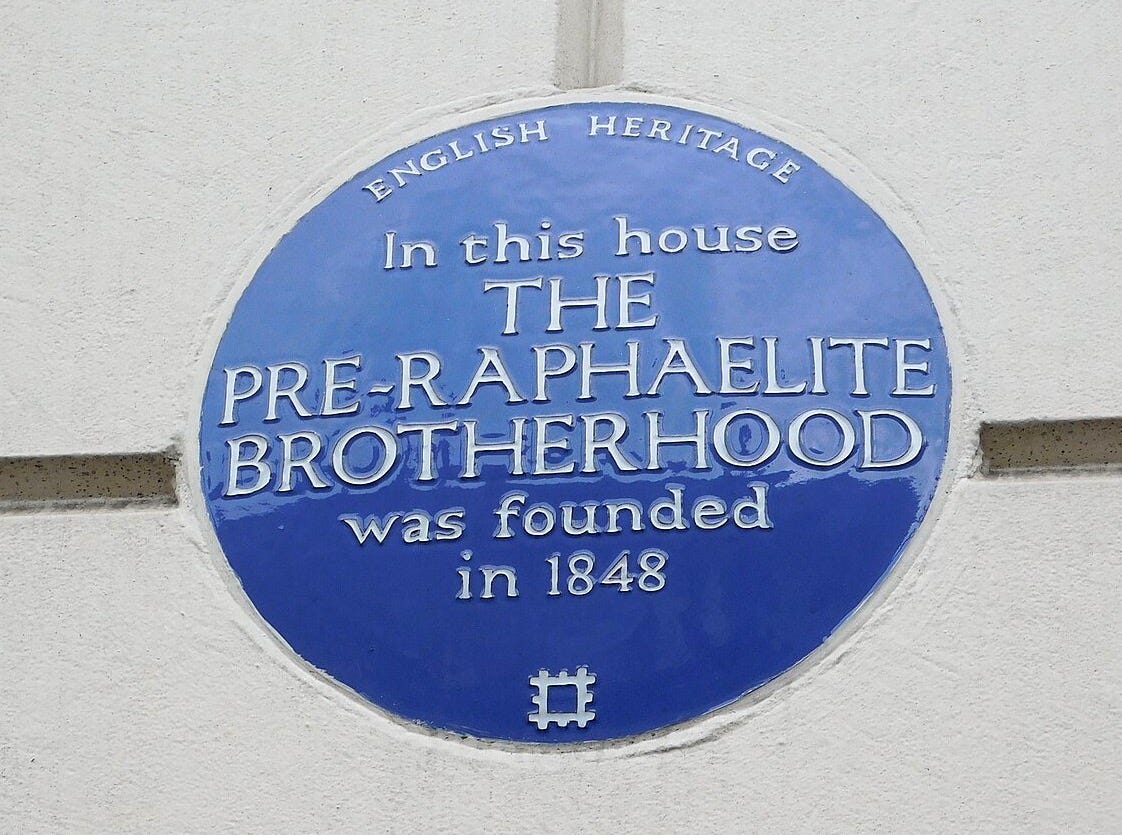

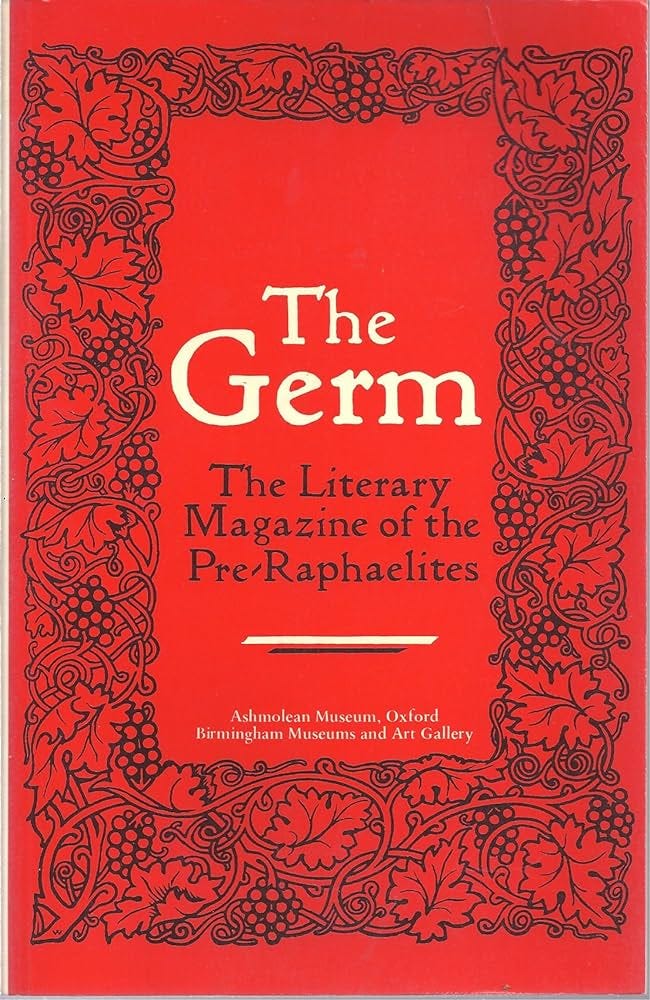


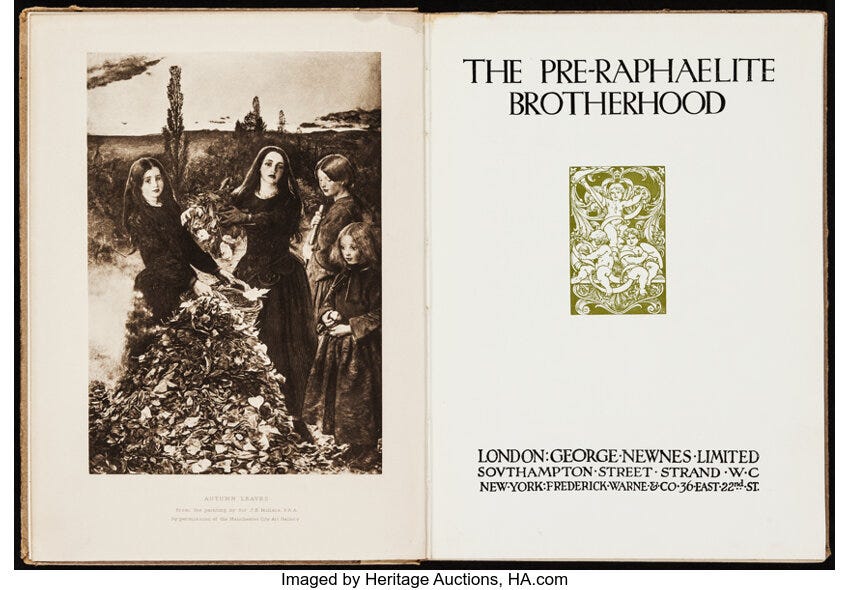
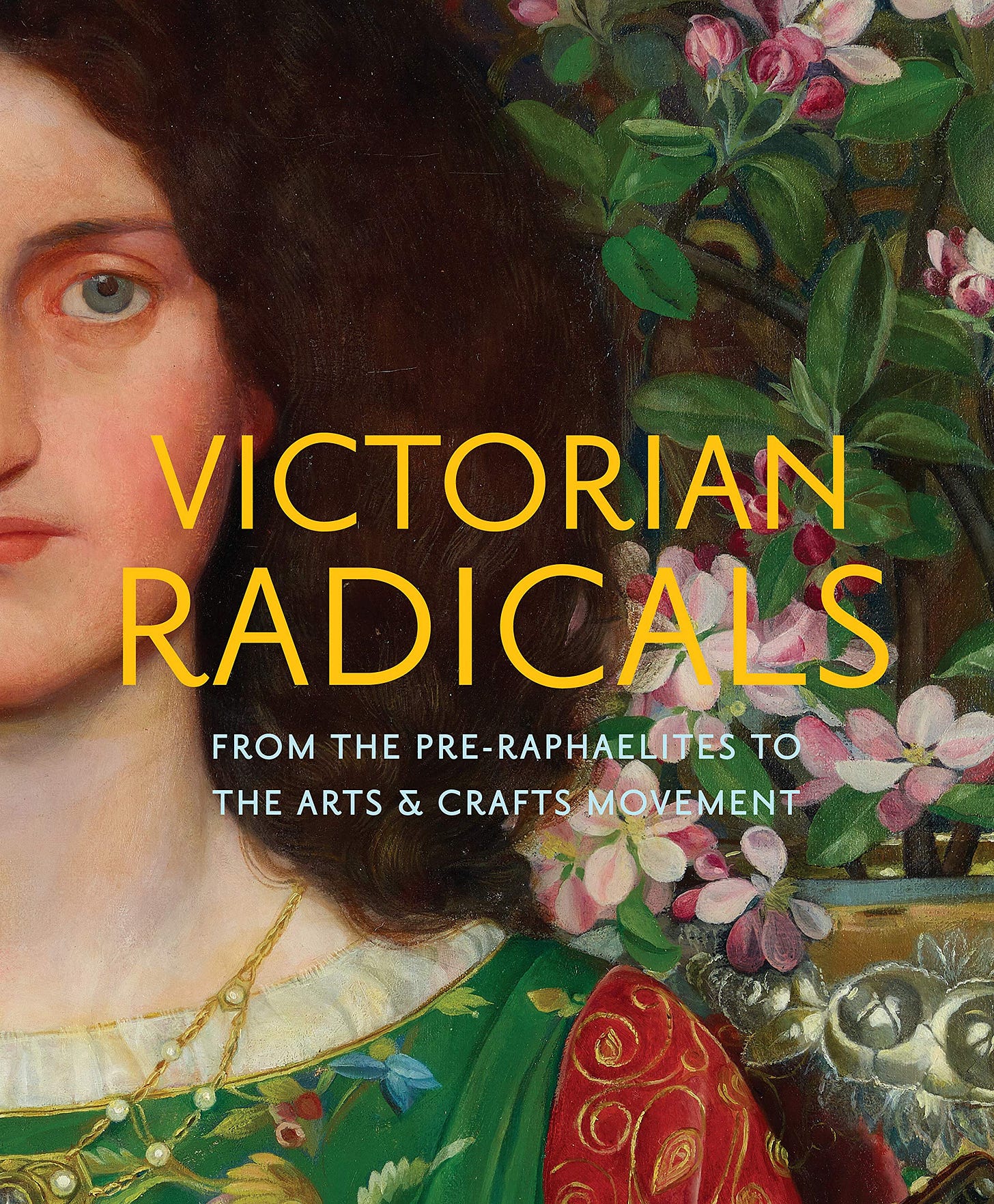
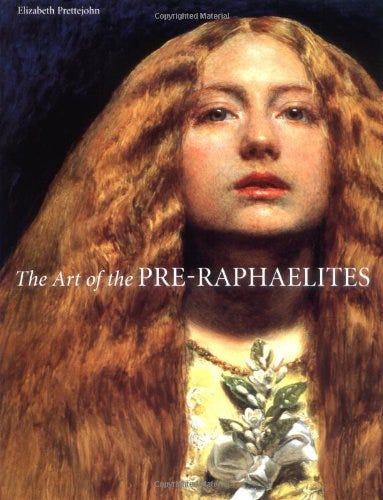
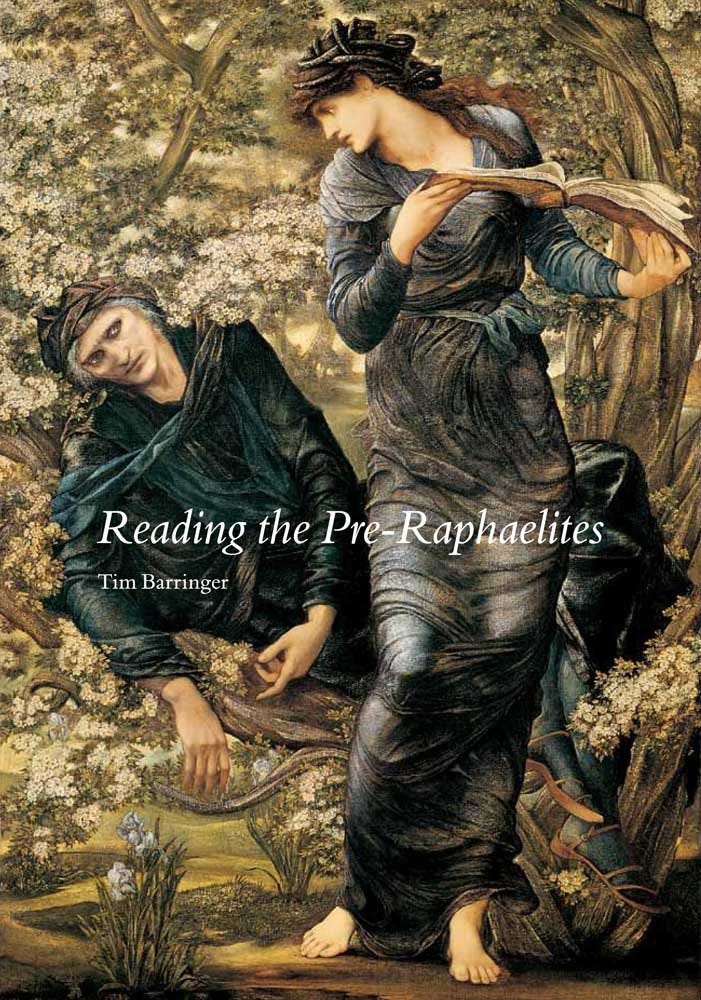
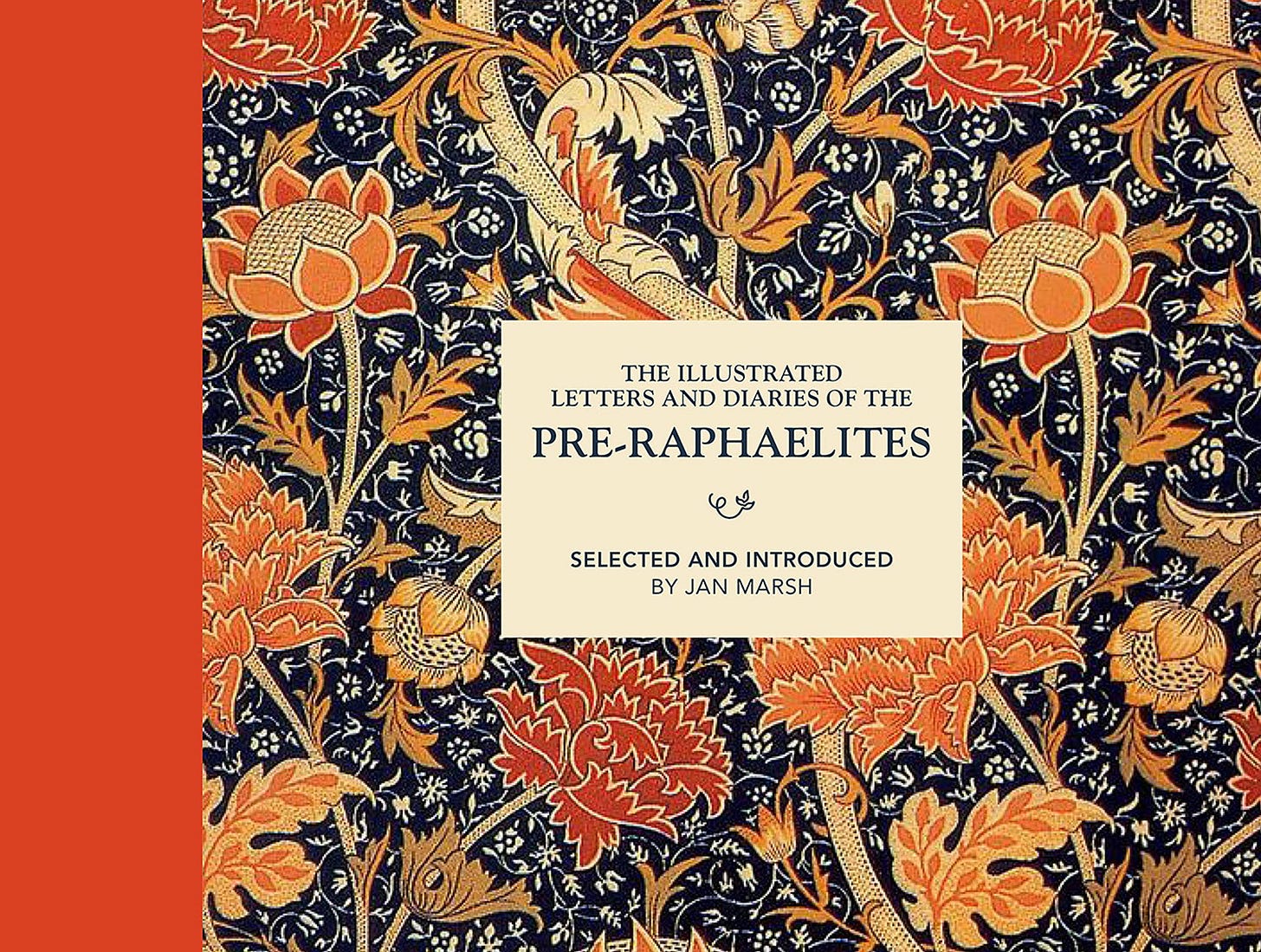
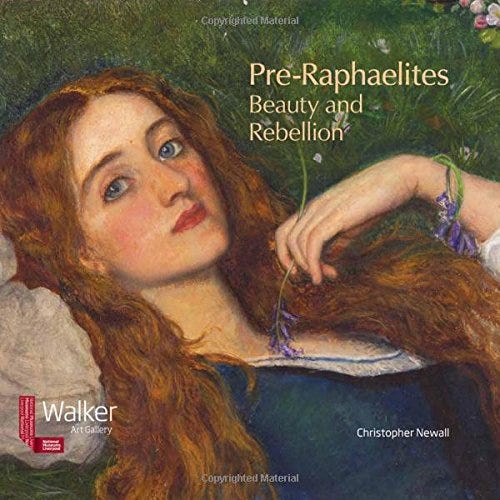
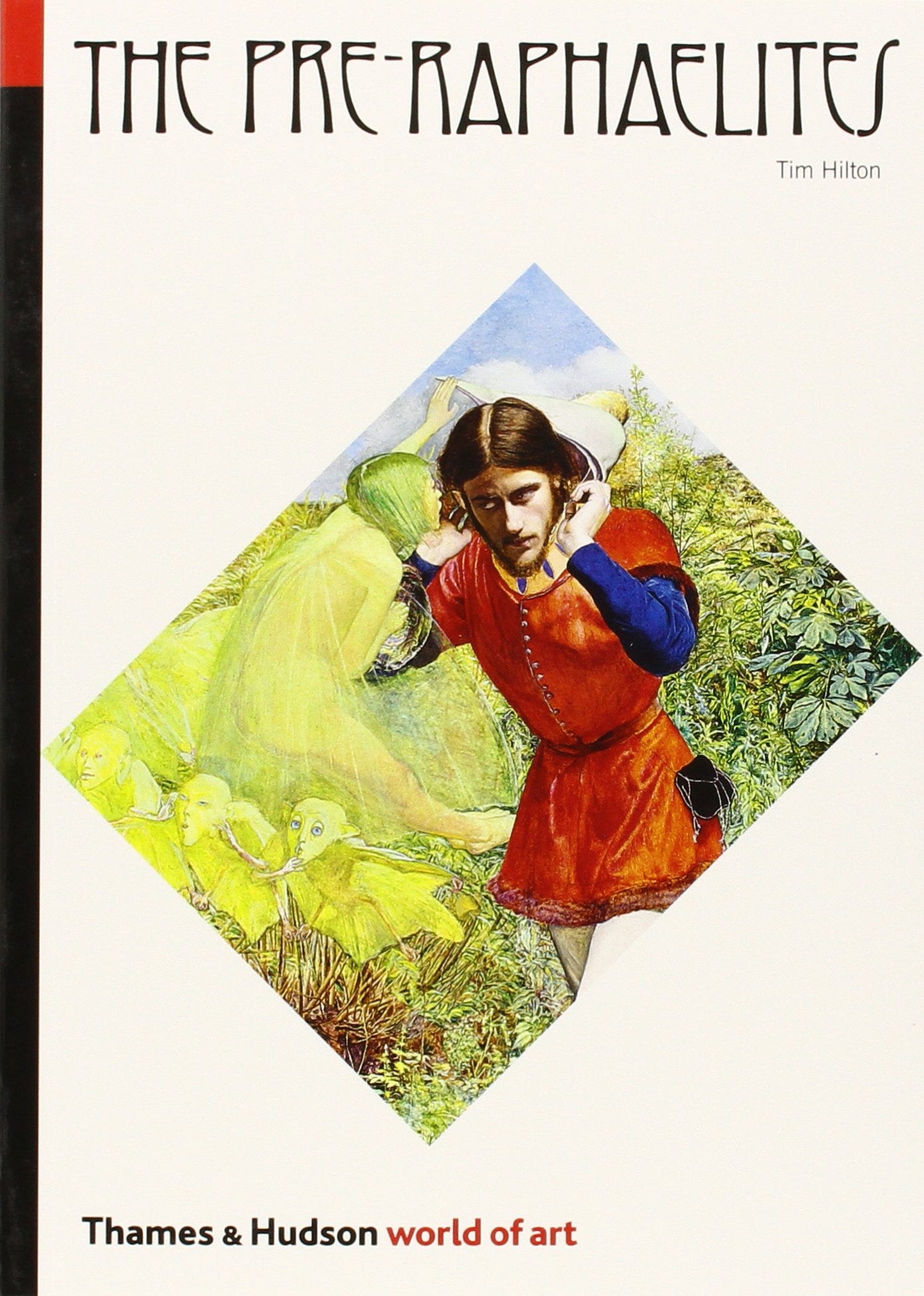
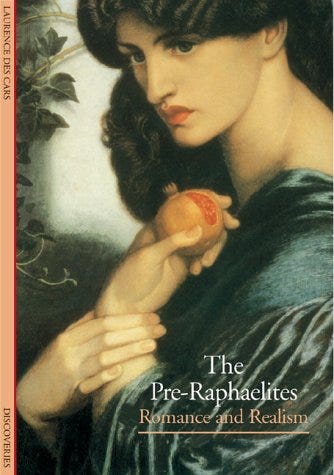
Thank you for the recommendation of the BBC documentary. Very informative and interesting.
i was literally googling this today and i open substack and your article pops up